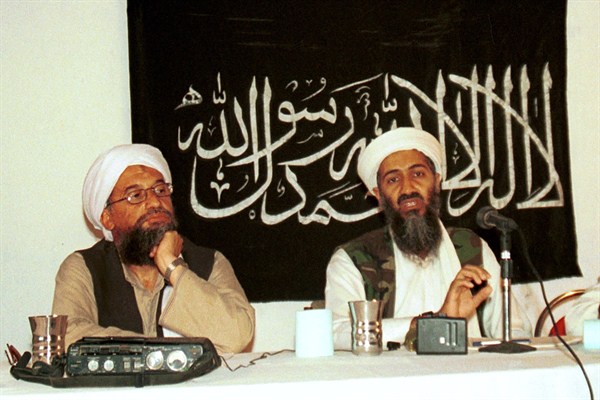Five years after the killing of Osama bin Laden, the U.S. public seems to understand that the fight against terrorism is a struggle that’s here to stay. The challenge for government officials is to manage the threat without exacerbating it, or allowing terrorism to monopolize the time and resources at the expense of other compelling public policy needs. Most people get that—that is, until the next attack happens and the second-guessing starts.
It was five years ago this week that the U.S. launched a successful operation in Abbottabad, Pakistan, targeting the leader of al-Qaida. Bin Laden was killed in the raid on May 2, 2011, just shy of 10 years after he masterminded the 9/11 attacks against the United States. The success of the raid not only provided closure for the 9/11 survivors and American society writ large, but enhanced President Barack Obama’s standing as commander-in-chief. It also continues to be the source of insights about decision-making and the risks associated with such dangerous operations that rely on intelligence that is by definition incomplete.
But the focus on bin Laden should not distract us from the larger question about the challenge terrorism poses today, nor should it keep us from an honest assessment of how the U.S. is coping. It seems that public anxiety and fear about terrorism is elastic, and reacts to the scale and immediacy of events. The Pew Center on Research polling results over the years show that the public has been largely supportive of the government’s efforts to prevent terrorism in the U.S. since 9/11, but that support dipped below 50 percent for the first time in late 2015, after the Paris and San Bernardino attacks. The same poll reported that the public ranked terrorism as the most important problem facing the U.S., whereas a year earlier, in December 2014, it was at the bottom of the 10 top problems. A few months later, the public mood was characterized as “unstable,” with data suggesting that one or more terrorist incidents in 2016 could become defining issues for electoral outcomes, in the U.S. as well as in Europe.

